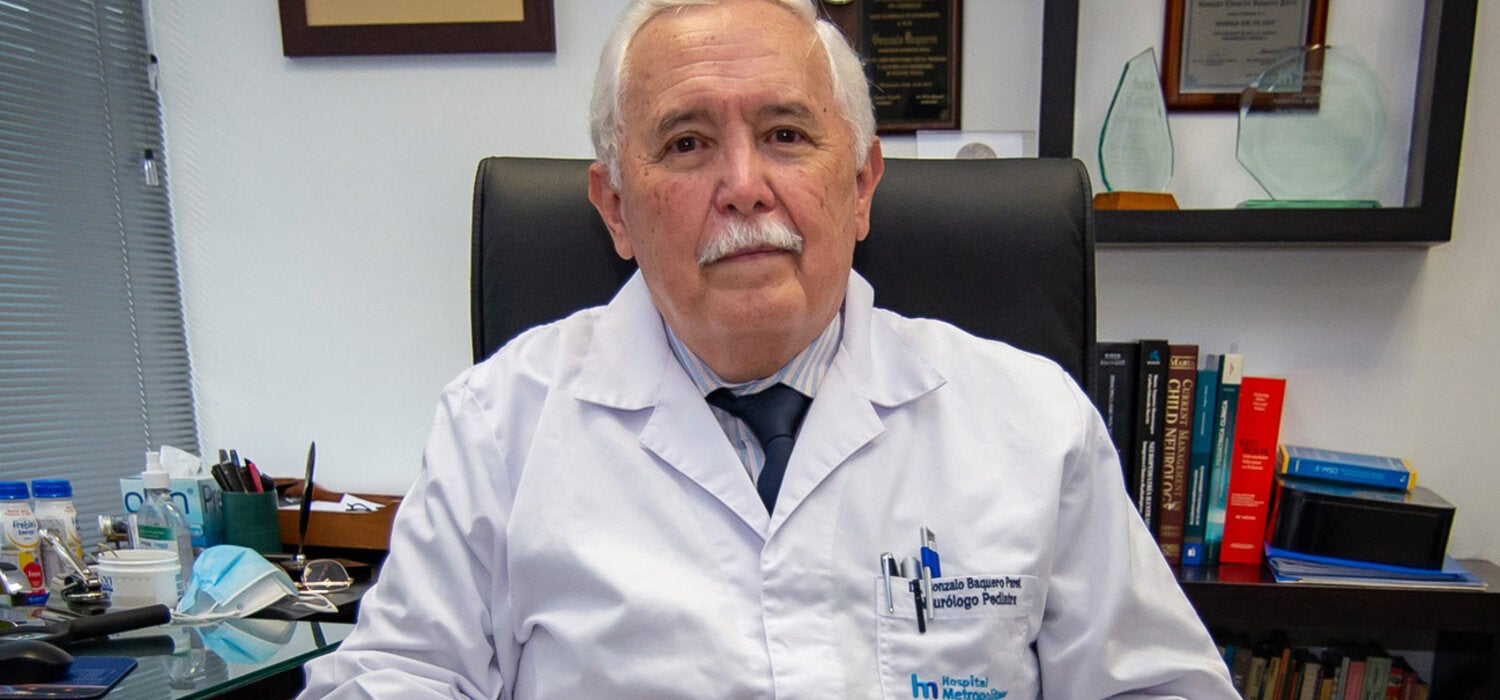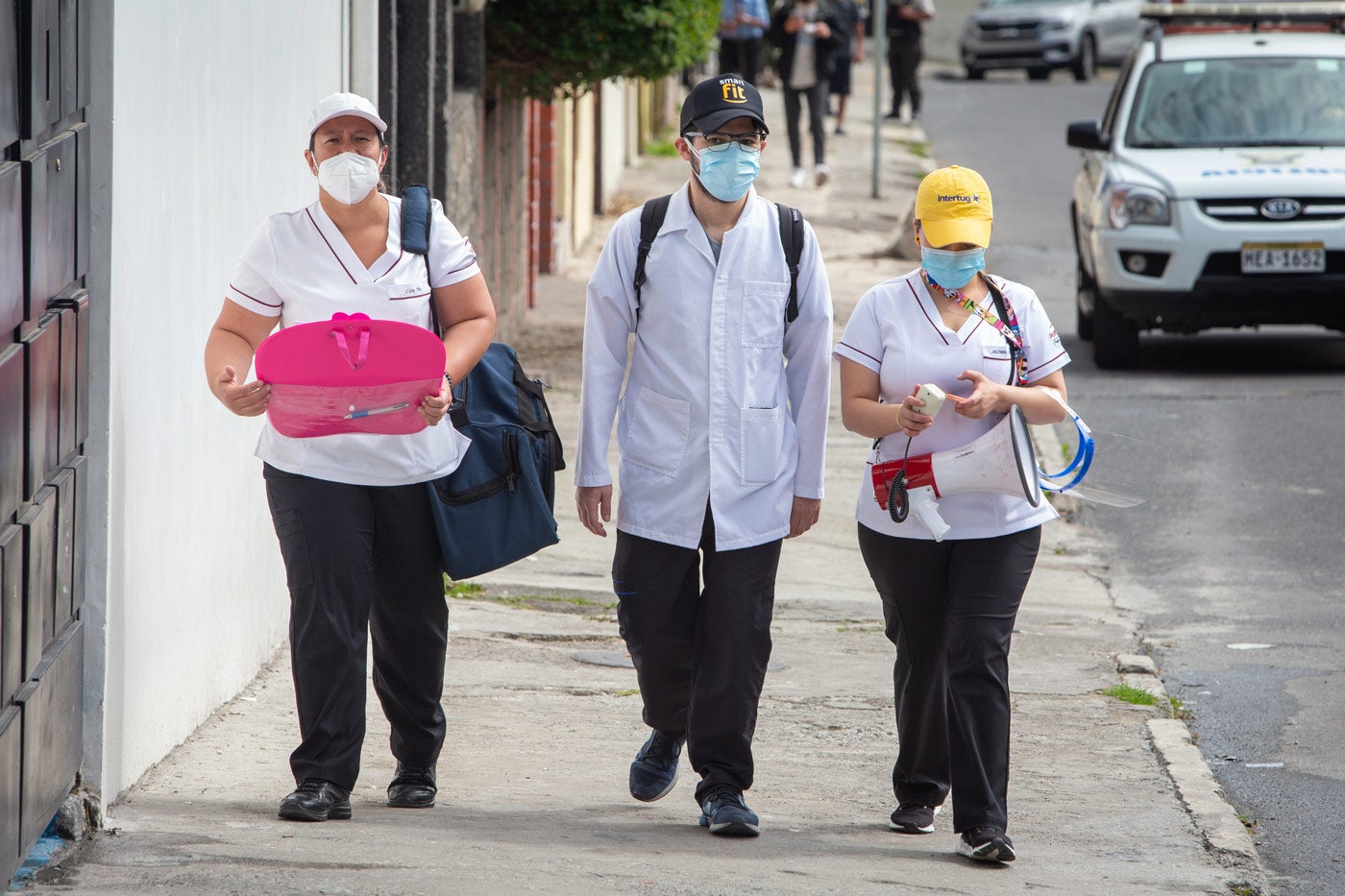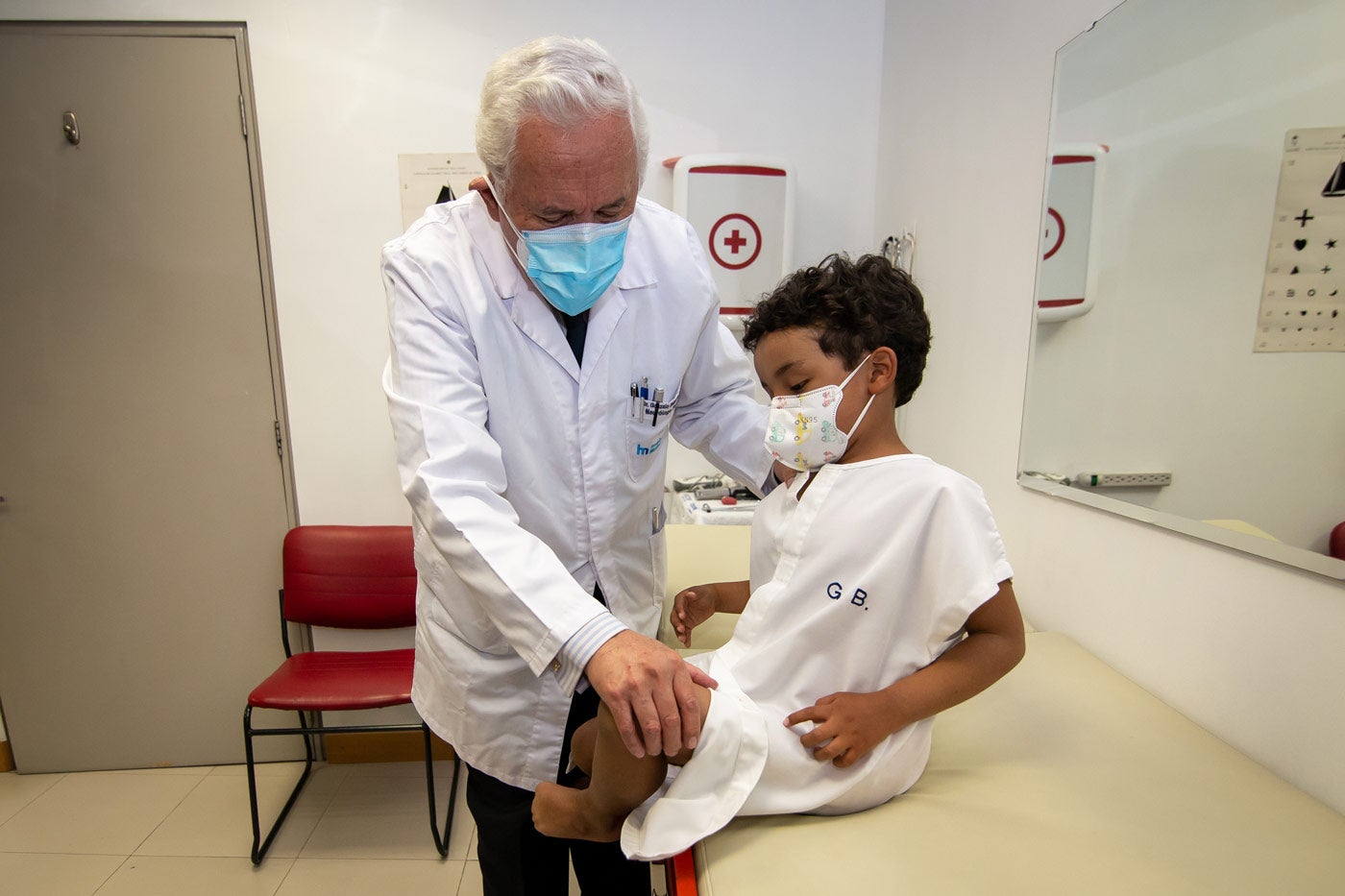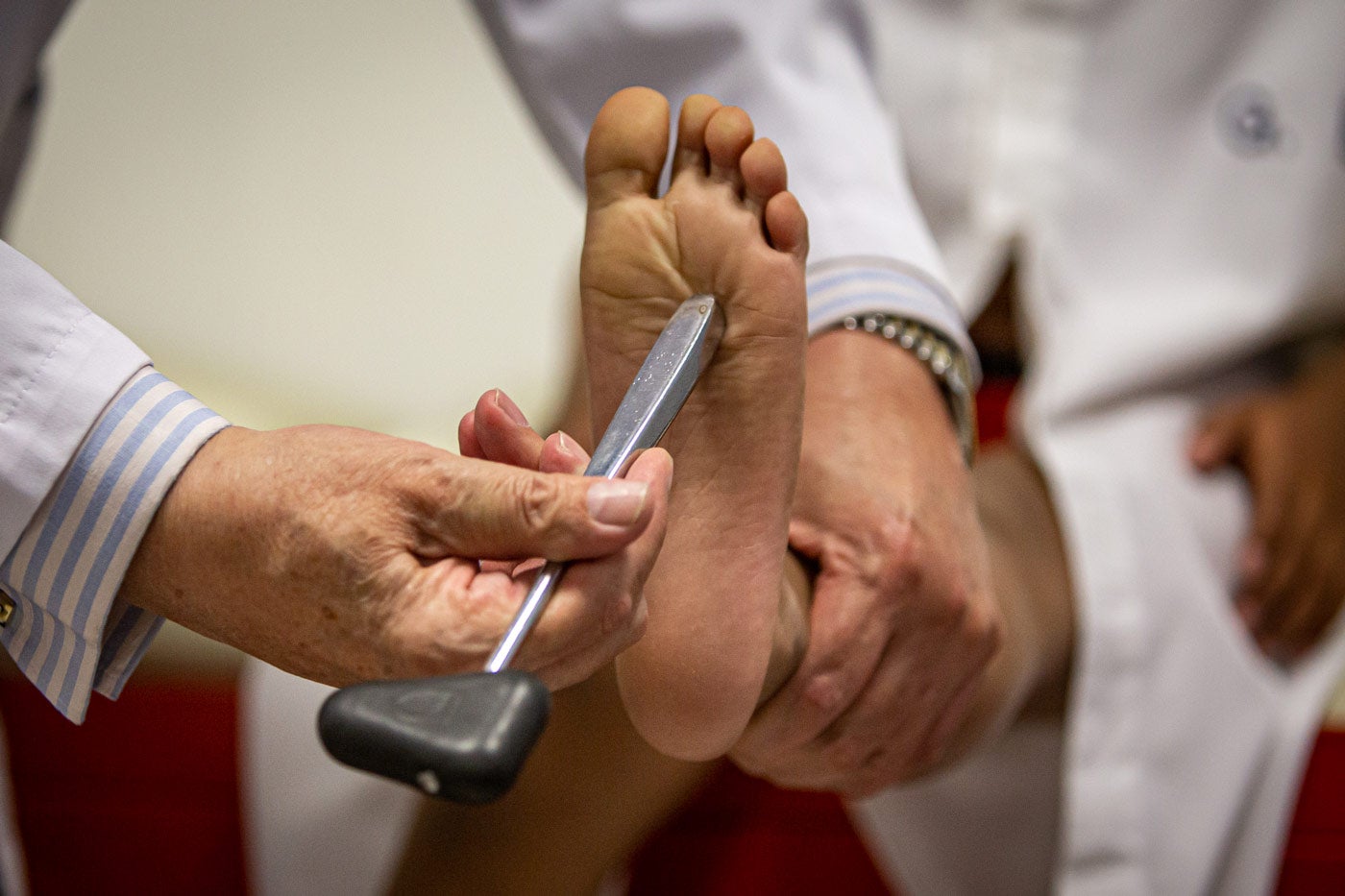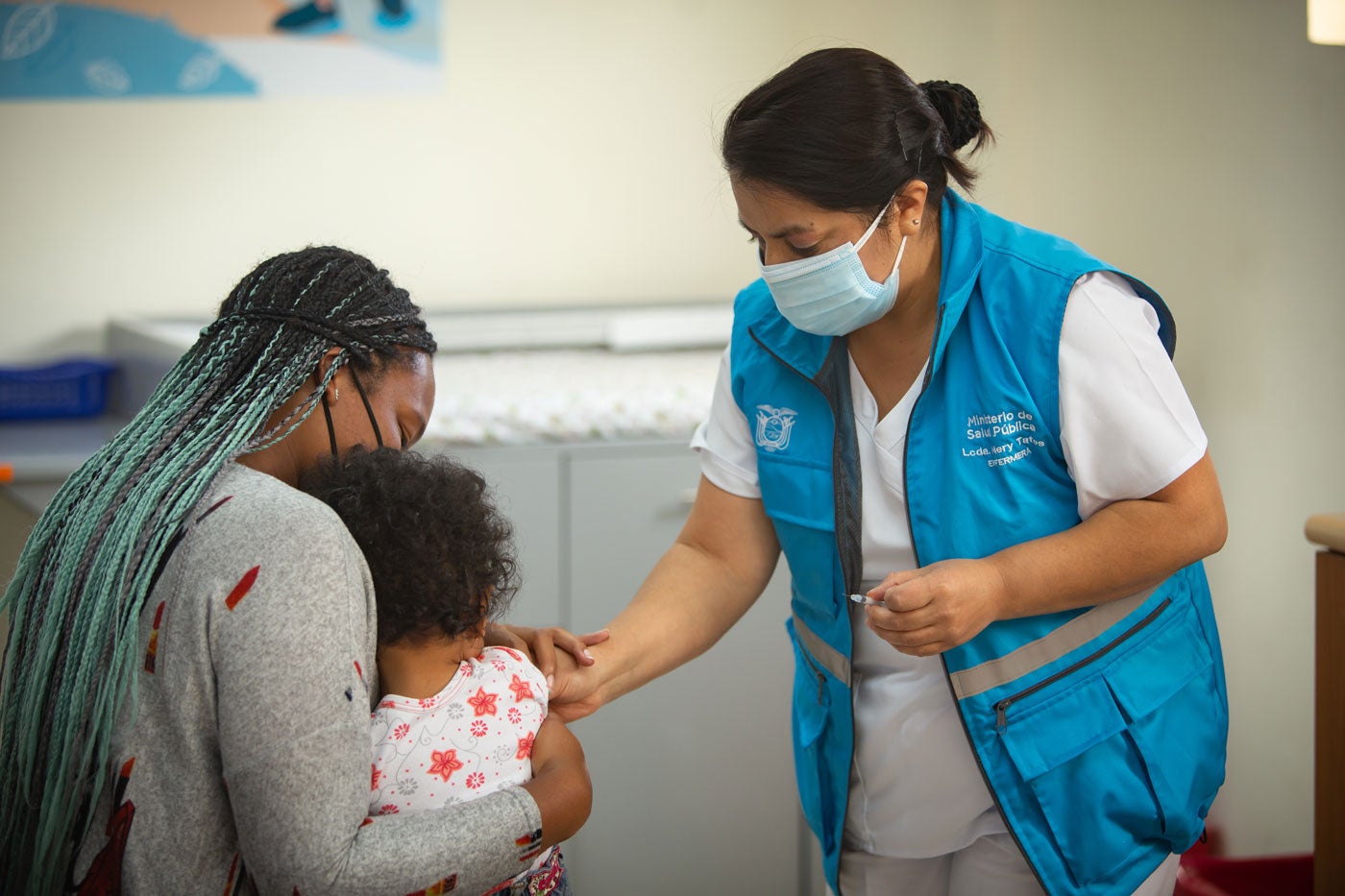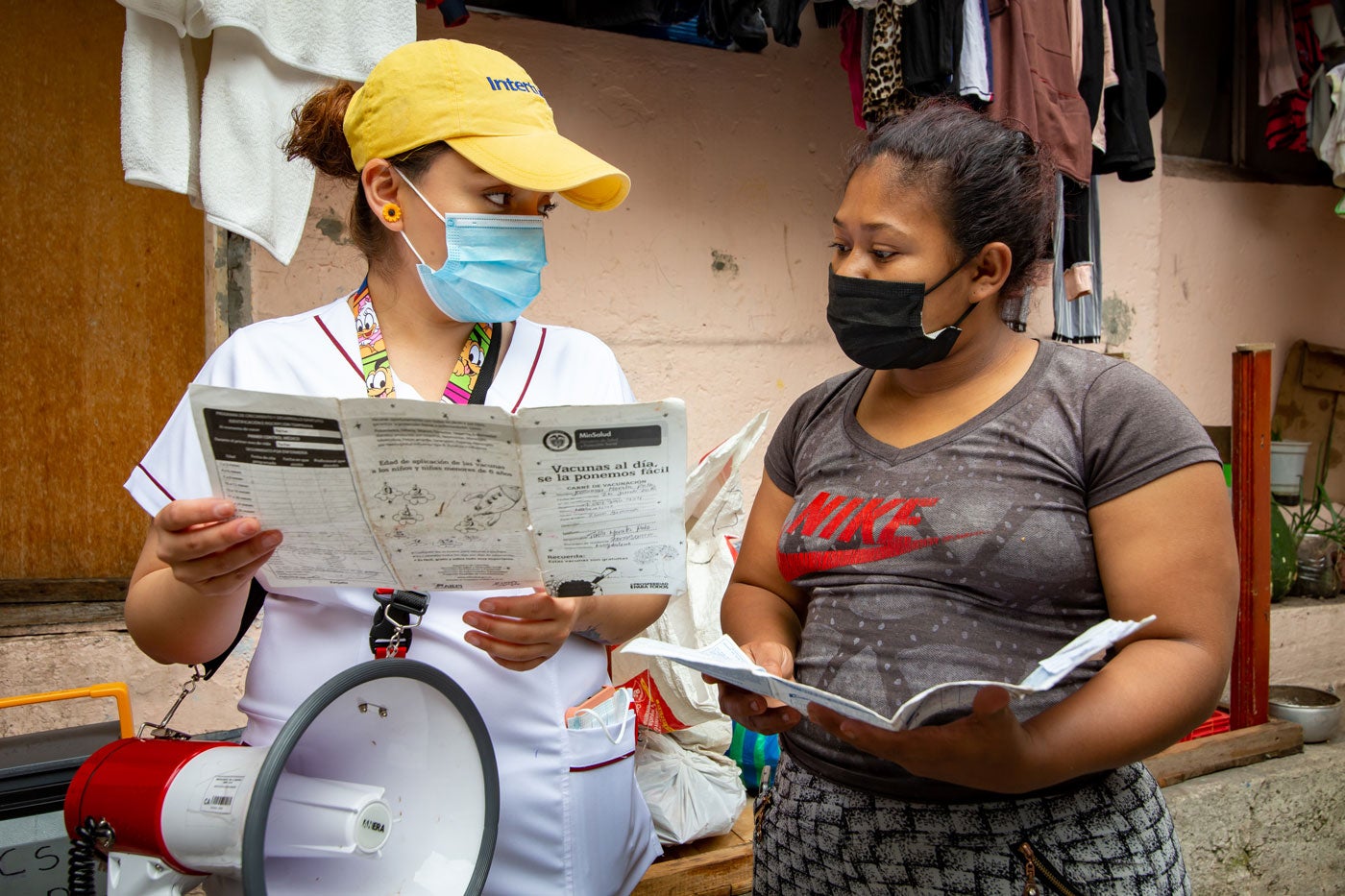It was 1955 when Gonzalo Baquero Paret, just six years old, went to the pediatrician with his mother. He would be one of the first children in Quito, Ecuador, to receive the vaccine developed by Jonas Salk against poliomyelitis. Now, 66 years later, he remembers the experience as his first approach to not only medicine, but also to the specialization of pediatric neurology and above all, to the study of polio.
It is not the only image he holds about the disease. Doctor Baquero also remembers some of his classmates who had flaccid paralysis and had to walk with their limbs “full of iron.” Together with these children, years later and already in university, they would study polio to fight it, and why not, eradicate it. “I believe that if they give you the opportunity to not save a life, but millions of lives, and more if they are children of our country, it’s a unique opportunity” assures the pediatrician excitedly to justify his decision when choosing his career.
With satisfaction of the work, Baquero begins an account that dates to 1977. Back then, the Central University of Ecuador summoned him to join a group that traveled around the country to “convince” he says, high-risk population about the threat of polio. It was in those years that Ecuador began to provide vaccines against the disease. In love with that work, that job, and the experience, he was inclined to pediatric neurology. “Logically, immunizations are very important in the field of pediatrics and the pediatricians have a rather acute sense of sociality,” he says. One of his prides was participating in the first phase of the eradication of wild polio virus in the National Commission of Vaccines.
The 72-year-old doctor continues dedicating his life to combat and eradicate polio globally. His grain of sand left day by day, from 7 in the morning, when his workday begins with attention to his patients. In the afternoons he dedicates his time to teach neurology and to the Neurology Controversies program to which he has belonged for 15 years.
However, the work goes even further. As a part of the mission to eliminate polio, in 2015 he assumed the presidency of the National Commission for the Certification of Polio Eradication in Ecuador after receiving a call to join a group of experts on poliomyelitis.

